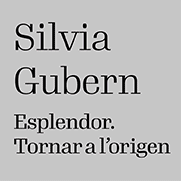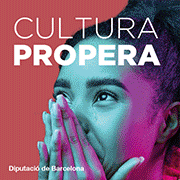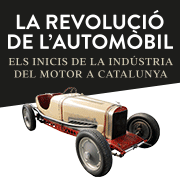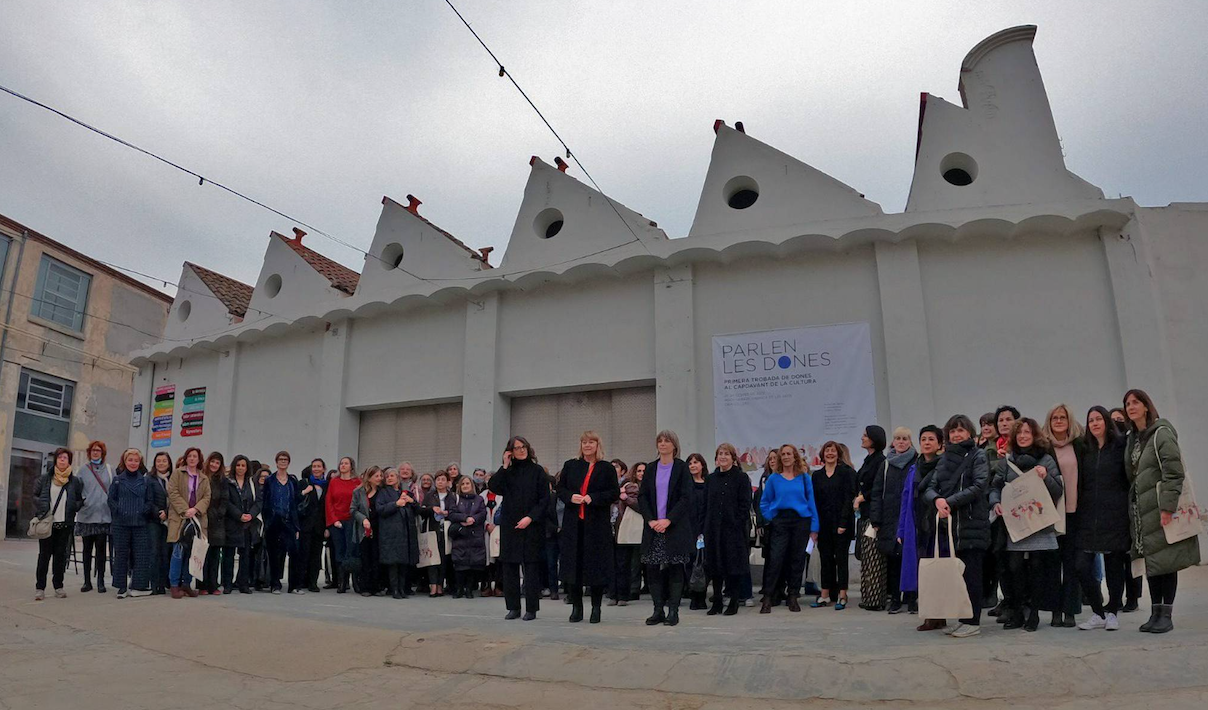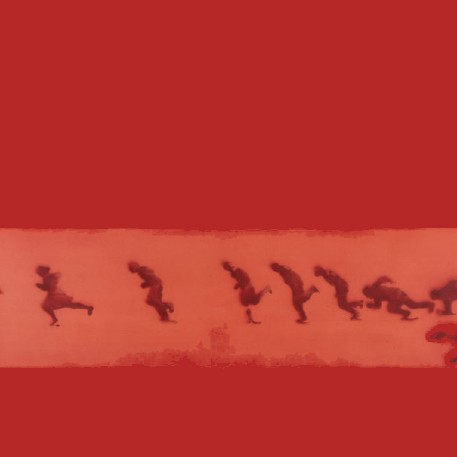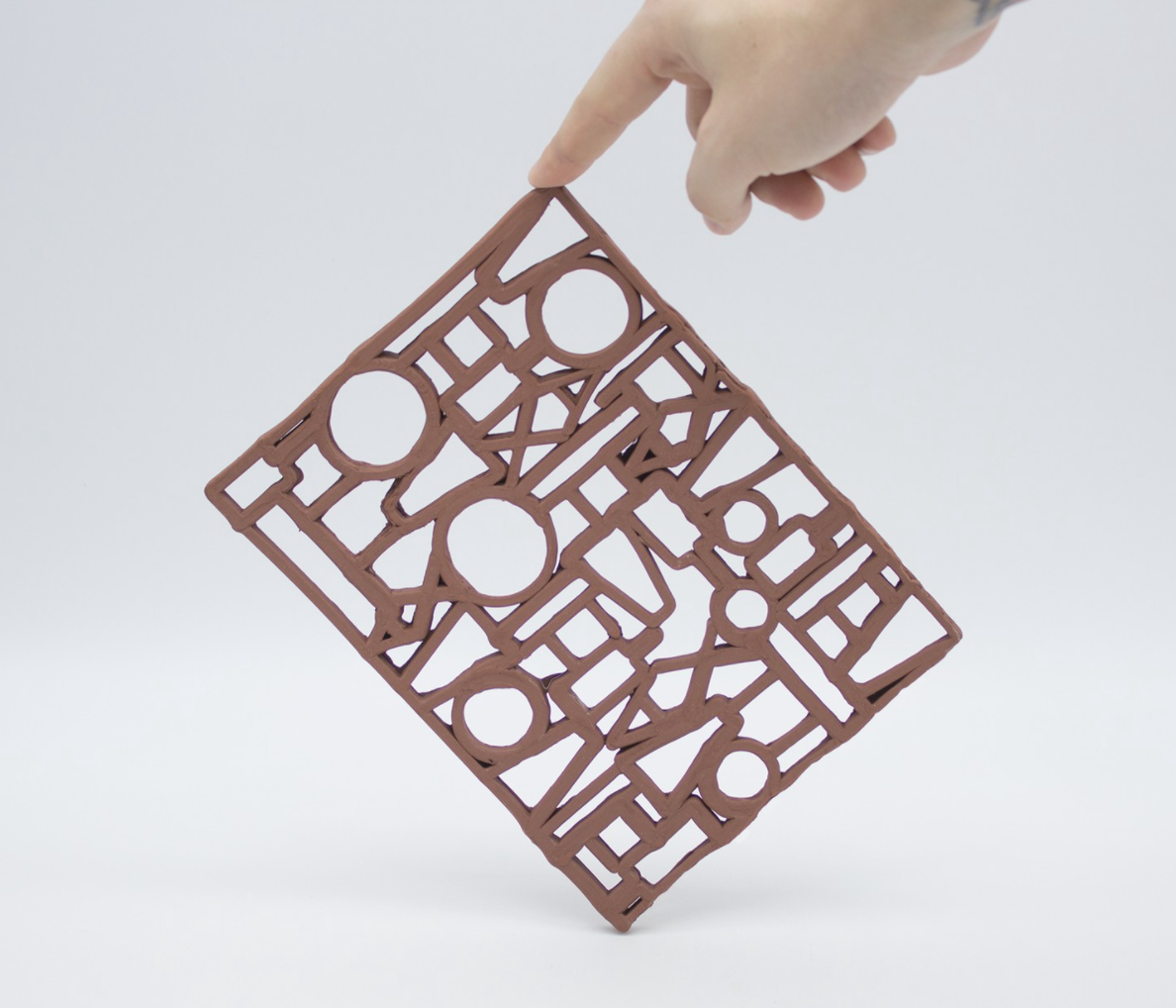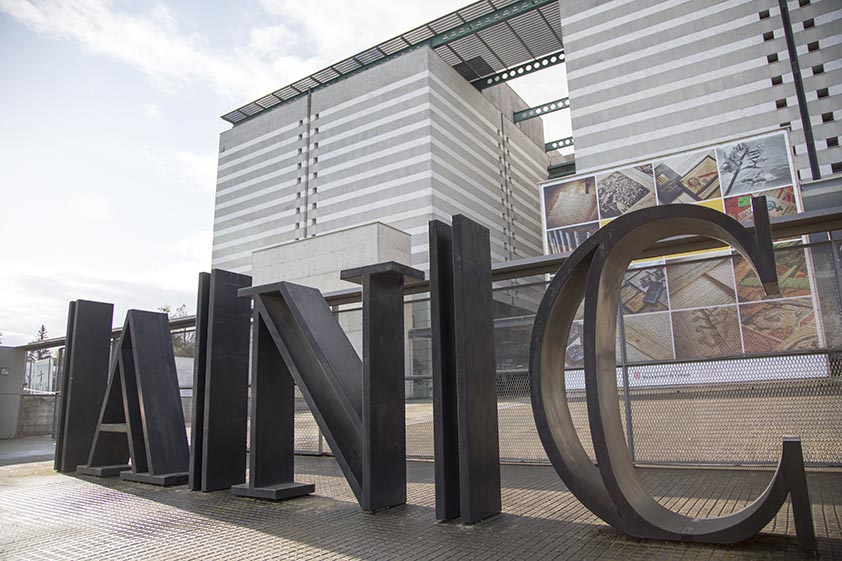reports
Arranz-Bravo. 80 years: continuous present
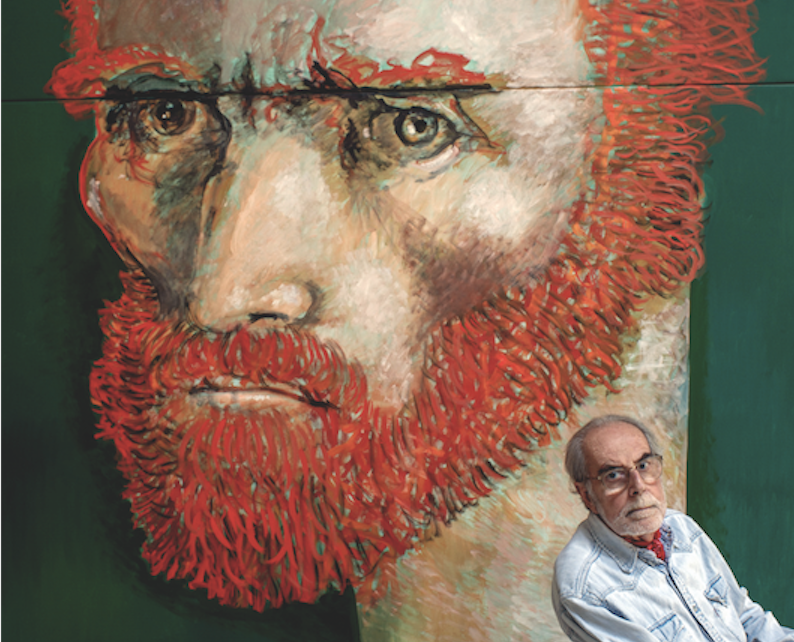
Fundació Arranz-Bravo de l'Hospitalet we celebrate the 80th anniversary of the painter Eduard Arranz-Bravo (Barcelona, 1941). It could not be otherwise. Eduard is not a retrospective artist. He is interested only in the present look of art, food, meaning and support of his artwork. Until last November, through a wide selection of paintings, sculptures and works on paper, the exhibition Arranz-Bravo. Present continu celebrated the present artistic hour of one of the most important living Catalan painters of the generation of the sixties in Catalonia. The exhibition was the first of a series of actions to be carried out as part of the painter's birthday, such as the presentation of a book and an exhibition dedicated to the Tipel factory, curated by Carlos Toribio, and the editing of the artist's memoirs, edited by the historian i
From the Arranz-Bravo Foundation in L'Hospitalet we celebrate the 80th anniversary of the painter Eduard Arranz-Bravo (Barcelona, 1941). It could not be otherwise. Eduard is not a retrospective artist. He is interested only in the present look of art, food, meaning and support of his artwork. Until last November, through a wide selection of paintings, sculptures and works on paper, the exhibition Arranz-Bravo. Present continu celebrated the present artistic hour of one of the most important living Catalan painters of the generation of the sixties in Catalonia. The exhibition was the first of a series of actions to be carried out as part of the painter's birthday, such as the presentation of a book and an exhibition dedicated to the Tipel factory, curated by Carlos Toribio, and the edition of the artist's memoirs, curated by art historian and critic Jordi Garrido.
Claim the moment
Eduard Arranz-Bravo's current work crystallizes some of the artistic values of the generation of the sixties in Catalonia: the vindication of the present moment, of the existential immanence, of a reality lived in a joyful, ironic and critical way; an attitude that reacted against the spiritual and transcendent gaze promoted by the hegemonic informalism of the fifties and sixties, and the dogmas and prohibitions of the dictatorship. This involves two attitudes and themes that we find in Arranz-Bravo's contemporary painting: the human body and the radical experience of living. If the body for Tàpies was an airtight and dark territory, for Arranz-Bravo it is a motor that overflows with overflowing energy, which has as its centers of gravity four anatomical centers that it obsessively paints and repaints: the head, the heart, the eyes and hands. The heart is the source of the emotional experience of art. The hand, the executing arm. The eye is the meter. And the head, the analytical reflection necessary to carry out any artistic action.
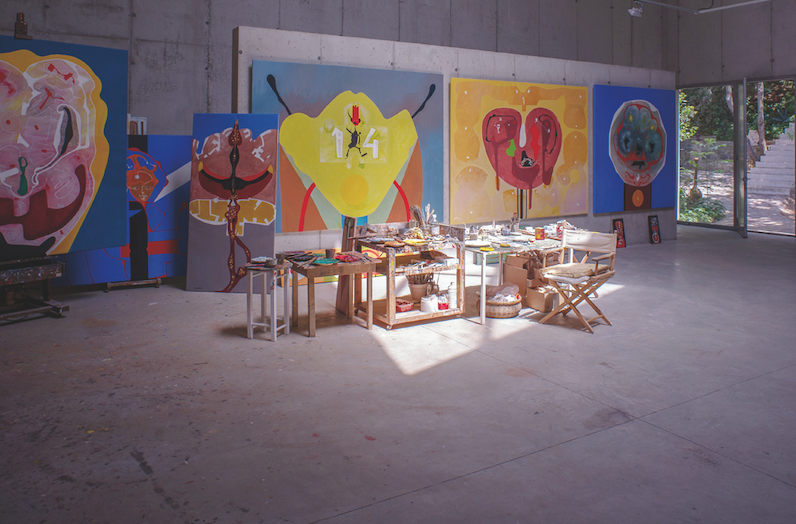
Positivize decrepitude
All this anatomical substratum is essential to focus on the communication of the intensity of experiences and vital moments. The joy of a dance, of the pleasure of simply living, or of laughing at living. This is not a frivolous look at life. Arranz-Bravo is well aware of the tragic nature of man. But it does not decay into dejection or nihilism. Positive the decrepit energy towards the experience of the reality that, lived with intensity in the present continuum, can be pleasant and even joyful. It is these burning moments of emotion that he is interested in capturing and immortalizing in his contemporary painting.
Sculptural rotundity
In the sculptural field, Arranz-Bravo has worked in an emotional dimension interested in capturing vital harmony and rotundity. In Bravo (2020) he makes a serene, structured sculpture, like a harp resting after a concert, finding the exact point between order and touch. Finally (2020) is also a work of serene rotundity, as an end point of a book. Because Eduard has not lost this inner hunger to shake and shake us, which, as the poet Paul Valéry points out, is one of the most distinctive features of great artists and poets. It is the same turning point that we find in some of his paintings, such as Tuto (2020).
We must always keep in mind the artistic biography of our painter, given that few living Catalan artists can show off such a rich and intense career. Eduard Arranz-Bravo (Barcelona, 1941) –painter, engraver, sculptor and draftsman– was trained at the Barcelona School of Fine Arts, and at the age of 25, through the mediation of Rafael Santos Torroella, he began his career in the Gaspar Gallery, where he exhibited regularly until the late 1970s. In 1968 he began his artistic collaboration with Rafael Bartolozzi, with whom he carried out works and actions relevant to his time, such as the murals of the Tipel de Parets factory (1969), the exhibition Universal Sizes (Saló del Tinell, 1979) and the performance in the Spanish pavilion of the Venice Biennale (1980).
International trajectory
During the eighties, already alone, he moved to Cadaqués, where he regularly exhibited in the gallery of Lanfranco Bombelli, and established a relationship with the international artistic community of the town, such as Richard Hamilton, Dieter Roth and John Cage. In the field of cinema, he is the artistic director of the films of Jaime Camino (Luces y sombras) and Bigas Luna (Triade). In 1989, a major anthological exhibition took place at the Palau Robert in Barcelona and the Paço Imperial in Rio de Janeiro (Brazil). In the nineties, he moved to Vallvidrera and began his professional relationship with the Franklin Bowles Gallery in New York and San Francisco, with which he has held more than fifteen exhibitions. Since 2010, it has also had gallery representation in China and Russia.
Arranz-Bravo Foundation
In 2009 he opened the Arranz-Bravo de l'Hospitalet foundation, dedicated to the promotion of his work and emerging art. In this city the artist is the author of his two main monuments: L'acollidora (1985) and El pont de la llibertat (2007). It has been photographed by Colita, Xavier Miserachs and, more recently, Jean Marie del Moral. Baltasar Porcel, Rafael Santos Torroella, Camilo José Cela, Luis Racionero, Cesáreo Rodríguez-Aguilera, José Corredor Matheos, Francesc Parcerisas, Antoni Marí, Vicenç Altaió, Conxita Oliver, Arnau Puig, Pilar Parcerisas, Ricard Planas have written about their work. Jordi Garrido, Núria Poch, Jèssica Jacques, Antoni Llena, Bernat Puigdollers, Aina Mercader and Albert Mercadé, among others.


